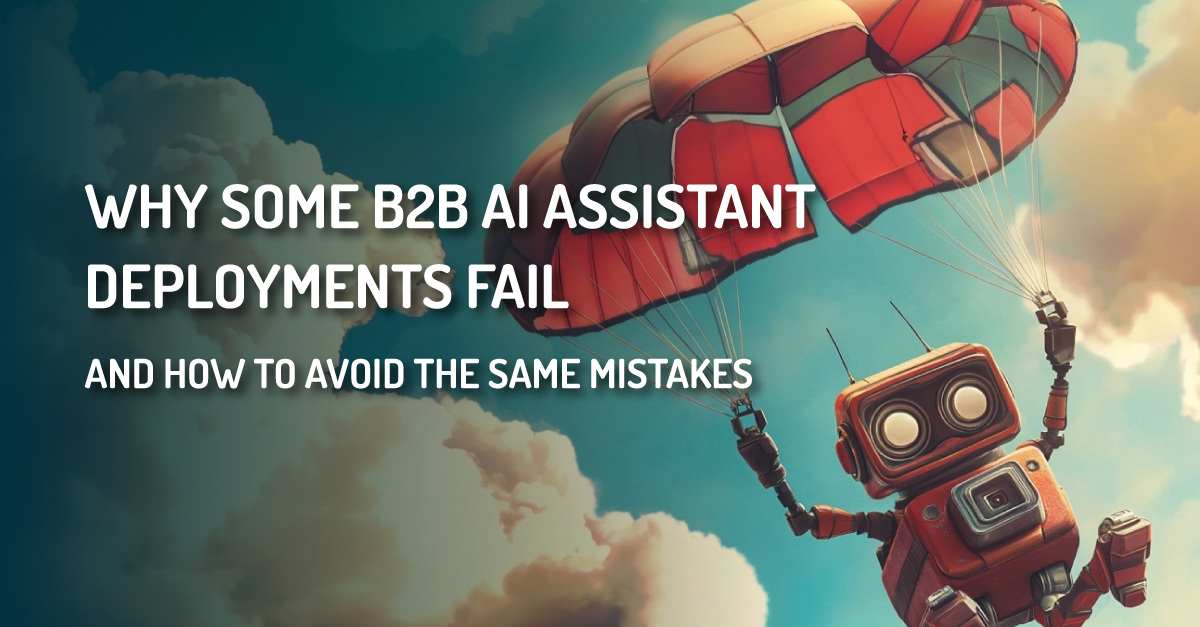There are high expectations for AI Assistants — faster workflows, improved access to information, and happier teams. However, not every enterprise deployment lives up to that promise. Some are successful. Some stall. Others quietly fade out. Why?
Here are a few common reasons AI assistant deployments fail, and how innovative teams are getting it right:
No Clear Use Case
Often, companies implement AI assistants without a specific problem to solve. When there’s no clarity on the “why,” usage drops quickly. Successful deployments start small while solving a pain point such as technical support overload or CRM fatigue, and then scales from there.
Poor Integration
If your AI assistant can’t push and pull data from your existing stack, (collaboration platform, CRM, knowledge base, etc.) it becomes just another ignored app. Seamless integration is non-negotiable for adoption that brings value throughout the lifecycle of your AI Assistant.
Lack of Confidence in Answers
If the AI delivers incorrect or outdated responses, users will abandon it quickly. Training the model on high-quality, current, approved data is key to building user confidence.
No Change Management Plan
AI adoption isn’t just technical — it’s cultural. Without buy-in, training, and clear advertisement, teams won’t change behavior. The most successful rollouts include champions, feedback loops, and measurable success metrics from the start.
Treating It Like a Magic Fix
AI assistants are powerful, but they’re not miracle workers. They need tuning, context, and a roadmap. Companies that treat them as strategic investments, not one-time tools, achieve the highest value.
Bottom line
AI assistants bring real efficiency to the enterprise. But like any transformation, success depends on a mindful strategy, not just cool tech. Working with an experienced AI team, and leveraging Deterministic AI paired with Generative AI will jump-start your AI Assistant deployments and ensure that you’re organization achieves the highest ROI in a short amount of time.

